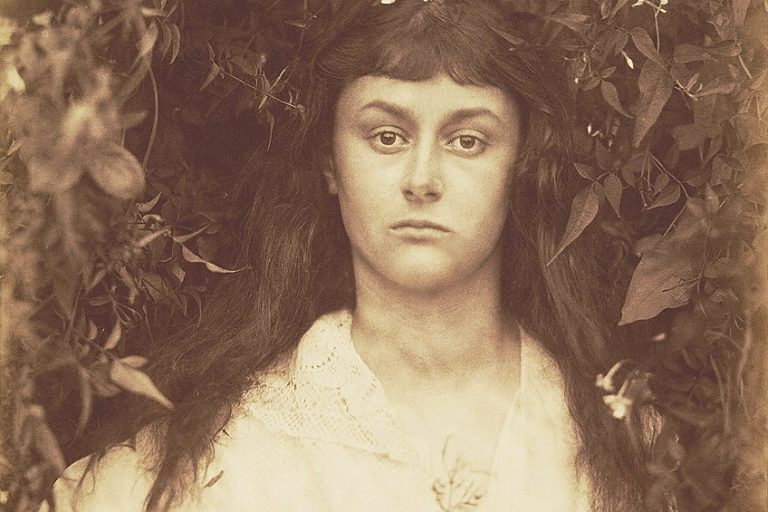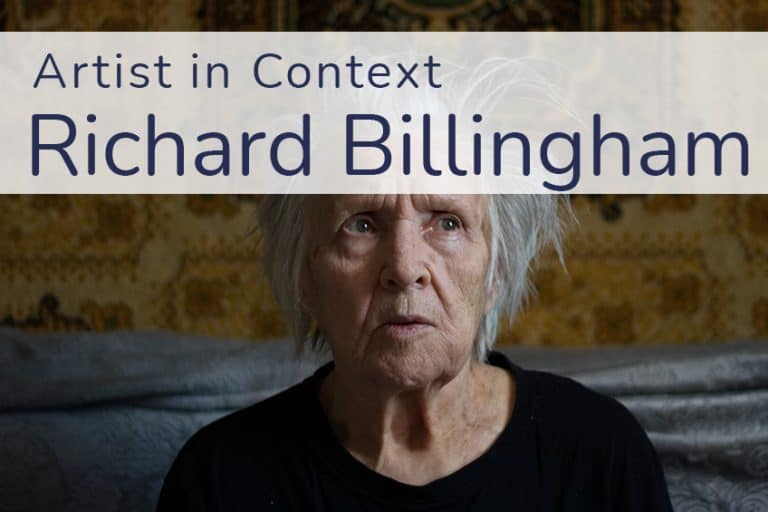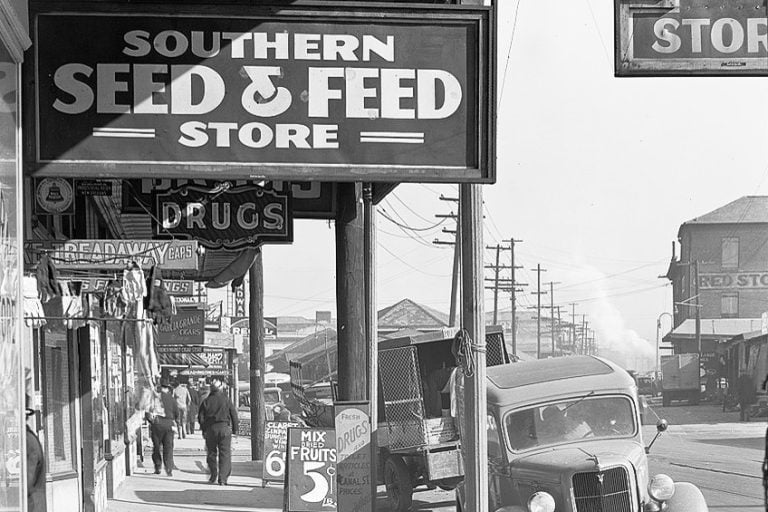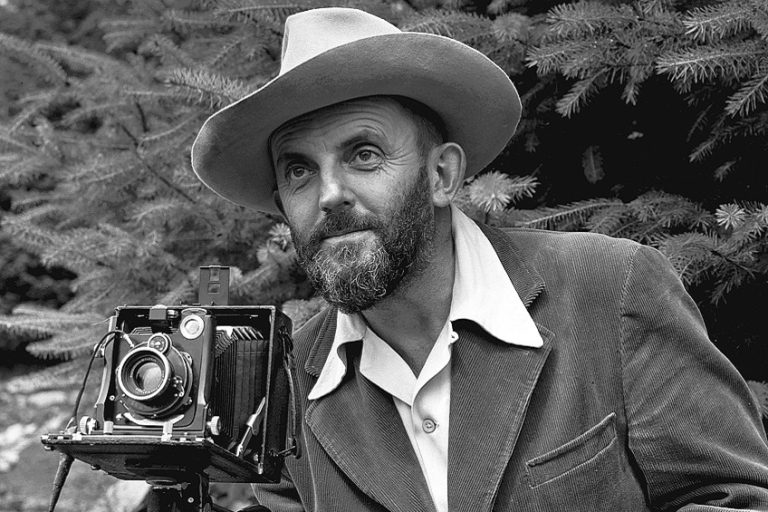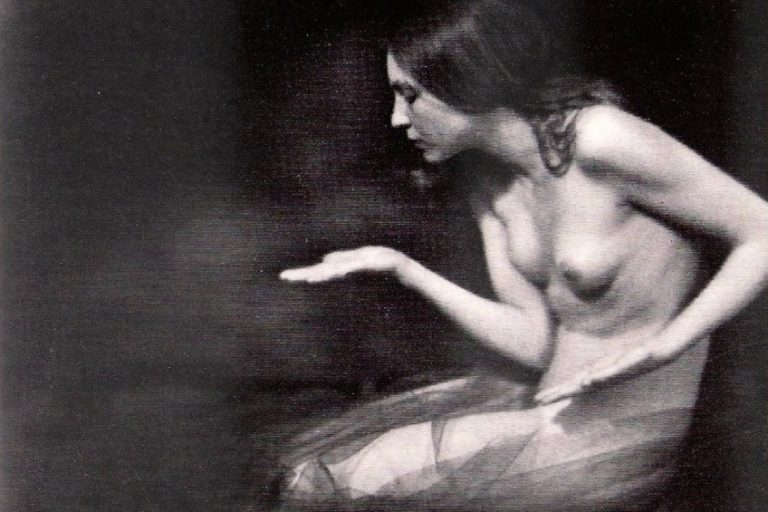Arlene Gottfried – From the Bronx to Broadway
Arlene Gottfried was a prominent American photographer known for her captivating and intimate portraits of New York City’s diverse communities. Through her lens, she captured the vibrancy and humanity of everyday life, showcasing a deep empathy and curiosity for the people she photographed. Her work often focused on marginalized groups, offering a unique and often overlooked perspective that resonates with viewers worldwide. Gottfried’s legacy as a visual storyteller continues to inspire and influence contemporary photographers, making her a significant figure in the world of documentary photography.
Key Takeaways
- Arlene Gottfried’s photography offers an authentic depiction of New York City’s street culture.
- She gained notable acclaim later in life, solidifying her status as an influential street photographer.
- Gottfried’s legacy continues to be celebrated through exhibitions and the lasting impact of her work.
Early Life and Education
| Birth | August 26, 1950 |
| Death | August 8, 2017 |
| Place of Birth | Coney Island, New York, United States |
| Genre of Work | Documentary photography and street photography |
Arlene Harriet Gottfried was an American photographer known for her poignant snapshots capturing the essence of New York City street life. Born in 1950, Gottfried’s work provides an intimate look at the diverse characters and the vibrant culture of the city’s various neighborhoods. Her photography offers a raw, unfiltered portrayal of the city’s energy during the latter half of the 20th century, documenting a New York that was simultaneously gritty and endearing.
Gottfried’s artistic journey propelled her into the limelight in her 50s, after decades of quietly observing and recording the streets of her home city. Her passion for photography was complemented by her background in art, having graduated from the Fashion Institute of Technology in New York.
Beginning her career at an advertising agency, Gottfried later transitioned to freelance work, contributing to prestigious publications and garnering recognition for her distinctive eye for detail and her ability to capture extraordinary moments within the mundane scenes of urban life.
Family Background
Arlene Gottfried was born to Lillian (Zimmerman), a homemaker, and Max Gottfried, who owned a hardware store. The Gottfried family was of Jewish heritage and resided in Coney Island, Brooklyn, where Arlene’s early exposure to the diverse tapestry of New York life began. They lived above the family’s hardware store, offering Arlene a unique vantage point of the bustling cityscape below.
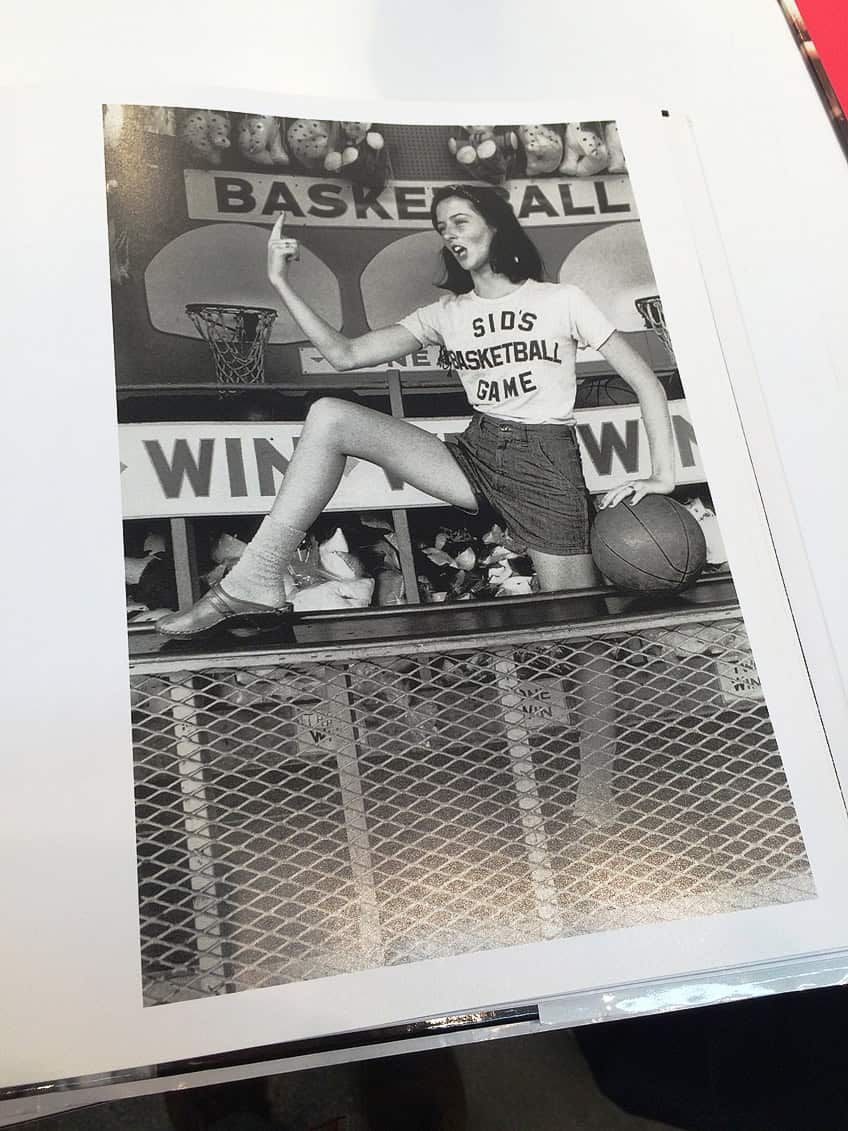
Academic Pursuits
Arlene Gottfried attended the Fashion Institute of Technology (FIT) in New York, where she honed her skills in photography. Her education at FIT equipped her with both technical proficiency and a creative eye, which were essential elements of her work as a photographer.
Late Career and Death
Gottfried’s work received significant acclaim later in her life, as her candid photographs captured the essence of New York’s myriad neighborhoods. Though her early work went largely unrecognized, it wasn’t until her 50s that her photography gained wider recognition.
Arlene Gottfried passed away on August 8, 2017, leaving behind a legacy that deeply influenced the documentary photography genre.
Photographic Career
Arlene Gottfried’s photographic career was chiefly centered around her candid portrayals of New York City’s vibrancy and the stark realism of its diverse communities. She aimed her camera lens at the city’s spirited streets with an empathetic eye, capturing moments that often went unnoticed.
Street Photography
Gottfried’s foray into street photography began with her exploration of New York City’s patchwork of neighborhoods, equipped with her camera. She was adept at documenting the everyday lives of the city’s denizens, particularly focusing on communities that were less visible in mainstream media, such as the Puerto Rican community on the Lower East Side. Her images of the marginalized and overlooked sectors of New York bore witness to the less sanitized, more human aspects of city life prevailing in the mid to late 20th century.

Notable Works and Publications
Throughout her career, Gottfried produced a significant body of work that includes several notable publications. Among her works, “Bacalaitos & Fireworks” stands out, presenting a stirring visual archive of the Puerto Rican community. The publications housed within the New York Public Library and featured in exhibitions like the Brooklyn Museum of Art, provide insight into the breadth of Gottfried’s exploration of urban life. Her works graced the pages of prestigious outlets, such as The New York Times Magazine, showcasing her keen observational skills and the ability to translate the vitality of the streets into still images.
Contributions and Influence
Gottfried’s contributions to photography extended beyond the camera. Through her evocative snapshots, she influenced the visual narrative of New York City’s social tapestry. Her archive, further immortalized by Daniel Cooney Fine Art, stretches the understanding of street photography, illustrating not just the city’s architecture and streetscapes, but the pulsating life within.
Gottfried’s lens highlighted the midnight hues of the city’s night scene and celebrated the authentic, oft-hidden, aspects of New York, asserting her as a key figure in the canon of street photographers.
Personal Life and Advocacy
Arlene Gottfried’s personal life intertwined closely with her art, revealing a deep sense of compassion and advocacy through her lens. Her photography often reflected her advocacy for the communities and family she so intimately captured on film.
Family and Personal Relationships
Arlene Gottfried was born into a close-knit family in Brooklyn. Her familial bond, particularly seen through her work titled Mommie: Three Generations of Women, showcases the intimate and intricate relationships within her family, capturing the powerful dynamics shared by these women. Arlene’s brother, Gilbert Gottfried, gained fame as a comedian and actor, illustrating a family steeped in creativity. Her work within the Puerto Rican community also demonstrates her strong connection to and appreciation for the families she photographed, often highlighting the spirit of the neighborhoods in New York and the personal narratives woven within them.
Health and Legacy
Arlene bravely battled breast cancer, and her health struggles informed her photography. She channeled her experiences into her art, which became a form of advocacy for those facing similar challenges. Her legacy remains prominent in works like Eternal Light, where the raw honesty of her subjects speaks to a broader narrative of resilience and hope. The Eternal Light Community Singers, a gospel choir she once joined and documented, further illustrates her immersion into the communities she felt a connection with.
Gottfried also shed light on mental illness, as seen in Mommie: Three Generations of Women, a project that delves into her family’s struggle with schizophrenia, showcasing her effortless compassion and the humanization of her subjects.
Exhibitions and Accolades
Arlene Gottfried’s impact as a photographer is reflected in her exhibitions and the recognition she received throughout her career. Her work captured the essence of New York’s diverse communities and cityscapes, leaving a lasting legacy in the art world.
Solo and Group Exhibitions
- 1970s – 1980s: Gottfried begins to document New York City, focusing on areas like the Lower East Side and Coney Island.
- Posthumous: After her passing, Gottfried’s photographs continued to be showcased.
- Leica Gallery: Featured Gottfried’s work in past exhibitions, demonstrating her influence in the field of photography.
- European House of Photography (Maison Européenne de la Photographie): Selected prints have been displayed here, indicating the international appreciation of her work.
- A show in Germany in March 2024 further exemplifies the lasting interest in her photography.
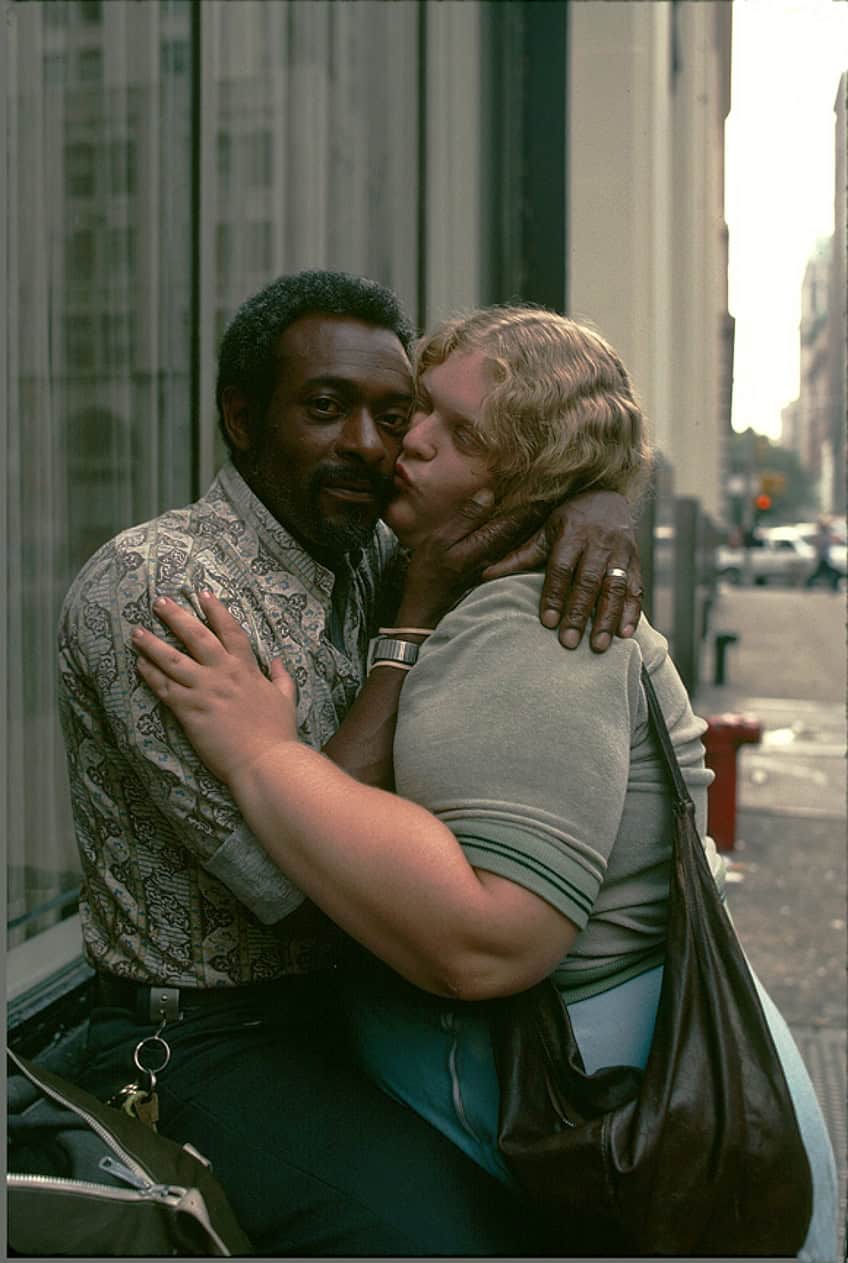
Awards and Recognitions
- New York Public Library: Gottfried’s photographs are part of the library’s collection, emphasizing her contribution to the cultural and historical documentation of the city.
- Smithsonian Institution: This significant inclusion signifies recognition of her work at a national level.
- PowerHouse Books: Published Gottfried’s works, a testament to her noteworthy status in the art community.
- Nuyorican Poets Café: Acknowledging her roots and bond with the New York art scene, the café’s connection with the artist highlights her local influence.
Legacy of Arlene Gottfried’s Photography
Arlene Gottfried was a notable figure in the world of street photography, particularly known for her work in New York City during the 1970s and 1980s. Her legacy lies in her candid black-and-white images that candidly captured the essence of New York during a time of significant urban change. Her work has been showcased posthumously in various exhibitions, highlighting the enduring relevance of her photographs. Gottfried’s photography is included in publications that discuss the history of street photography and New York City’s social landscape. Gottfried’s portraits are a documentation of a raw, less sanitized version of New York, immortalizing the era’s gritty charm.
Her images contribute to the cultural memory of the city, offering insight into the lives of everyday New Yorkers.
Gottfried is recognized for her sensitive approach to subjects, often revealing a profound sense of beauty in her portrayal of the city’s diverse inhabitants. Her work is marked by a fine balance between the impact of poverty and the resilience of the human spirit. She is often noted for her authentic visual narratives, shedding light on communities that mainstream narratives of the time may have overlooked. The photographic community respects her for her honest representation of New York City’s complex character.

Gottfried’s photography remains significant today. Her images not only capture moments but also tell stories that continue to resonate with current and future generations. They serve as historical documents, reflecting the socio-economic conditions of the time and influencing contemporary photographers who seek to capture the truth of urban life.
Arlene Gottfried’s contributions to the world of photography are profound and enduring. Her ability to capture the essence of human experience, particularly within diverse and often overlooked communities, has left a lasting impact on the art form. Through her lens, she brought forth stories of resilience, joy, and humanity, inviting viewers to connect with the subjects of her photographs on a deeper level. As we reflect on her body of work, we recognize Gottfried as not just a photographer, but a storyteller whose images continue to resonate and inspire new generations of visual artists and storytellers.
Frequently Asked Questions
What Is Arlene Gottfried Known for in the Field of Photography?
Arlene Gottfried is renowned for her candid street photography, capturing the vibrant and diverse essence of New York City, particularly during the 1970s and 1980s. Her work provides an authentic, unvarnished look into the city’s less affluent neighborhoods.
How Did Arlene Gottfried’s Upbringing in Brooklyn Influence Her Work?
Gottfried’s early years in Brooklyn, specifically Coney Island, fostered a deep familiarity with New York’s urban landscape, which is evident in her photography. Her upbringing allowed her to navigate and document the city with an insider’s perspective, often highlighting community and street life.
What Are Some of the Most Notable Series or Themes in Gottfried’s Photography?
Themes of Gottfried’s photography include the city’s myriad subcultures, the daily lives of New Yorkers, and the changing urban environment. Notable series include her intimate documentation of a 1970s sex club, the spirited atmosphere of the Nuyorican Poets Café, and the fervent expressions of faith within local gospel communities.
Isabella studied at the University of Cape Town in South Africa and graduated with a Bachelor of Arts majoring in English Literature & Language and Psychology. Throughout her undergraduate years, she took Art History as an additional subject and absolutely loved it. Building on from her art history knowledge that began in high school, art has always been a particular area of fascination for her. From learning about artworks previously unknown to her, or sharpening her existing understanding of specific works, the ability to continue learning within this interesting sphere excites her greatly.
Her focal points of interest in art history encompass profiling specific artists and art movements, as it is these areas where she is able to really dig deep into the rich narrative of the art world. Additionally, she particularly enjoys exploring the different artistic styles of the 20th century, as well as the important impact that female artists have had on the development of art history.
Learn more about Isabella Meyer and the Art in Context Team.
Cite this Article
Isabella, Meyer, “Arlene Gottfried – From the Bronx to Broadway.” Art in Context. May 6, 2024. URL: https://artincontext.org/arlene-gottfried/
Meyer, I. (2024, 6 May). Arlene Gottfried – From the Bronx to Broadway. Art in Context. https://artincontext.org/arlene-gottfried/
Meyer, Isabella. “Arlene Gottfried – From the Bronx to Broadway.” Art in Context, May 6, 2024. https://artincontext.org/arlene-gottfried/.




